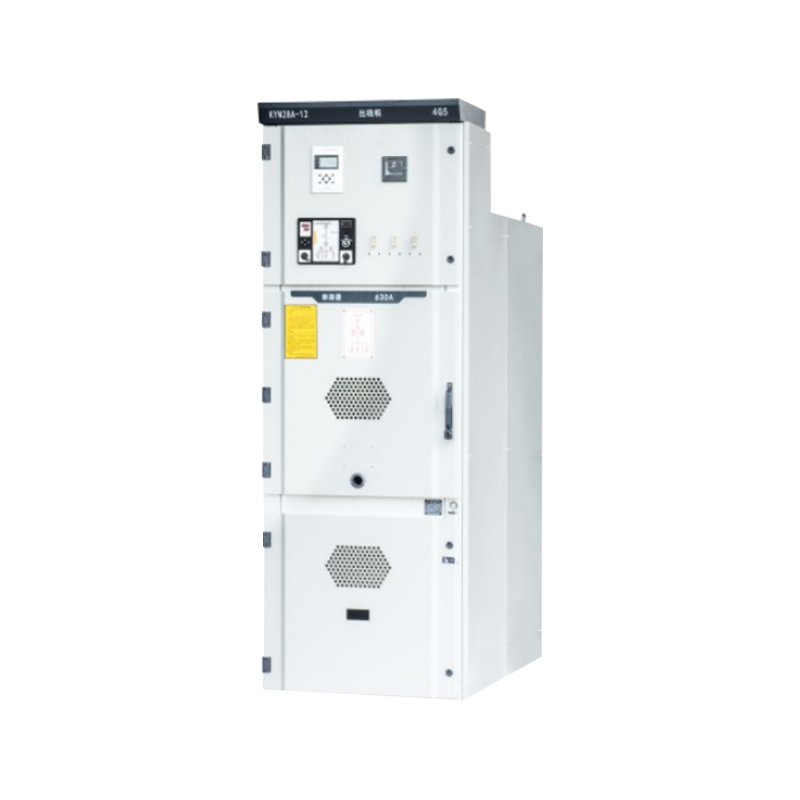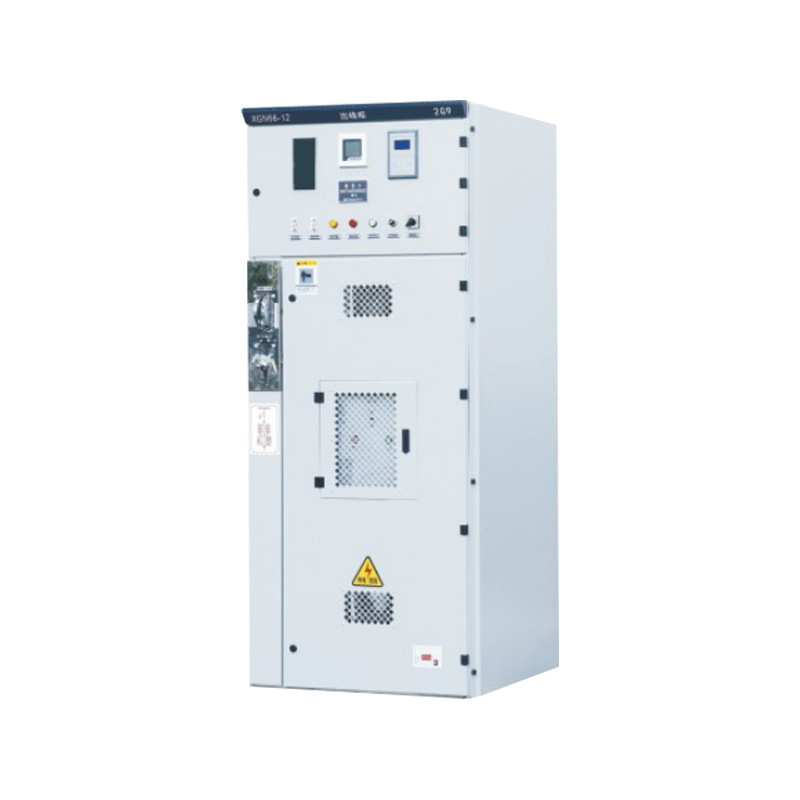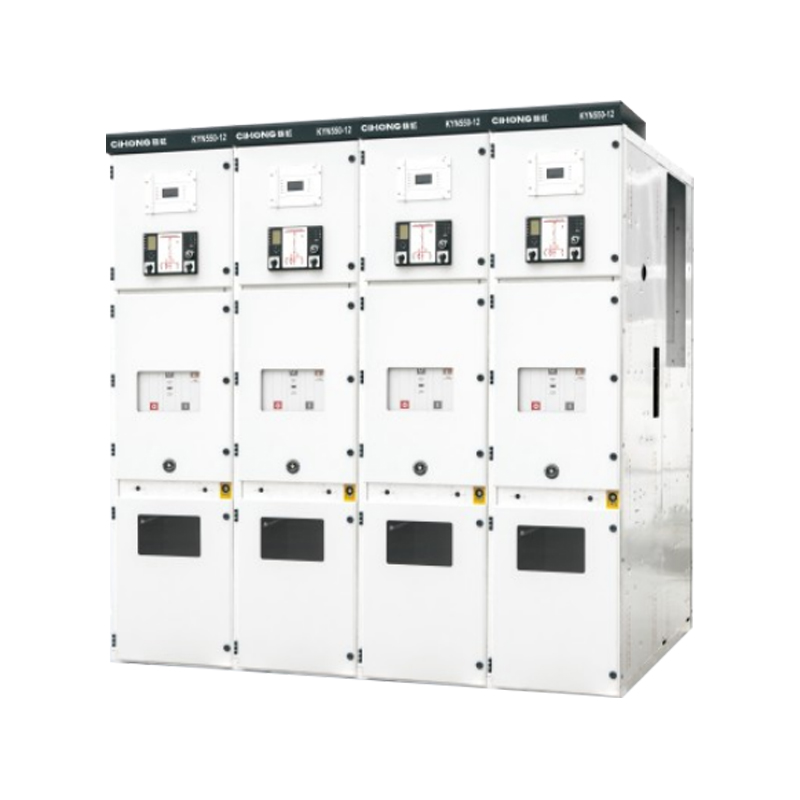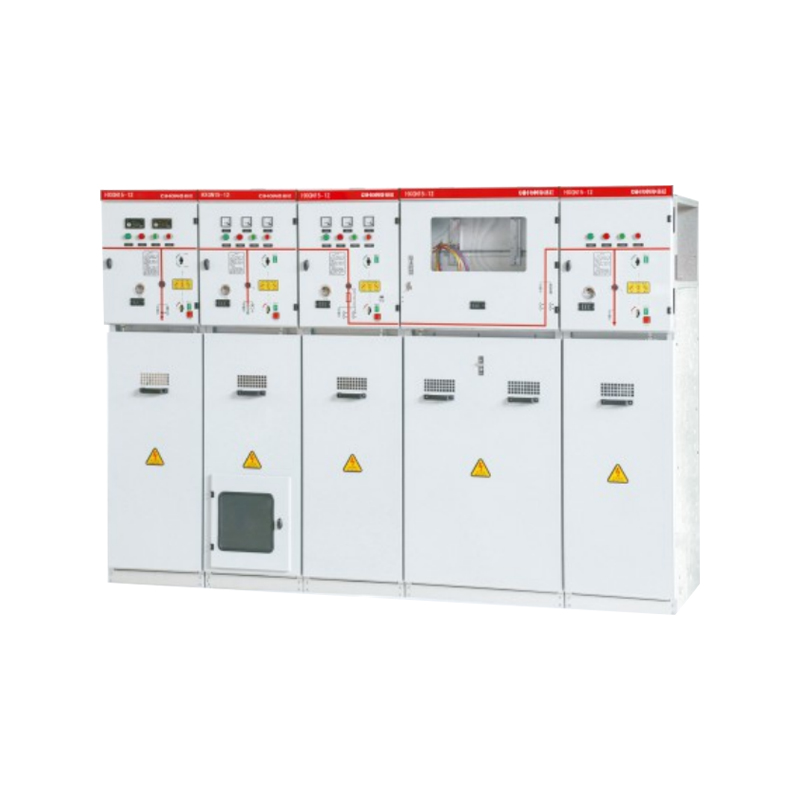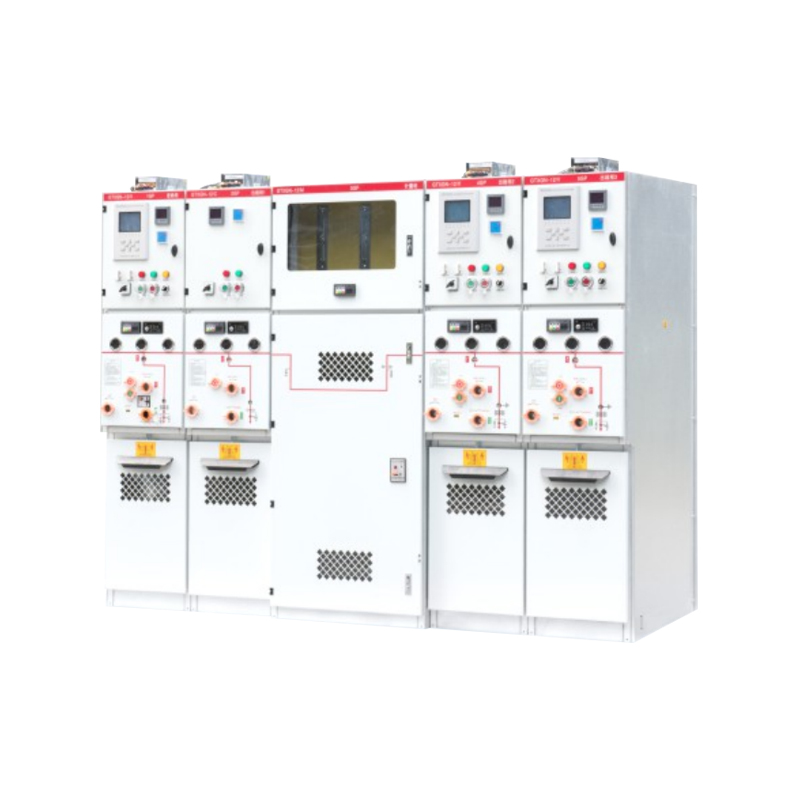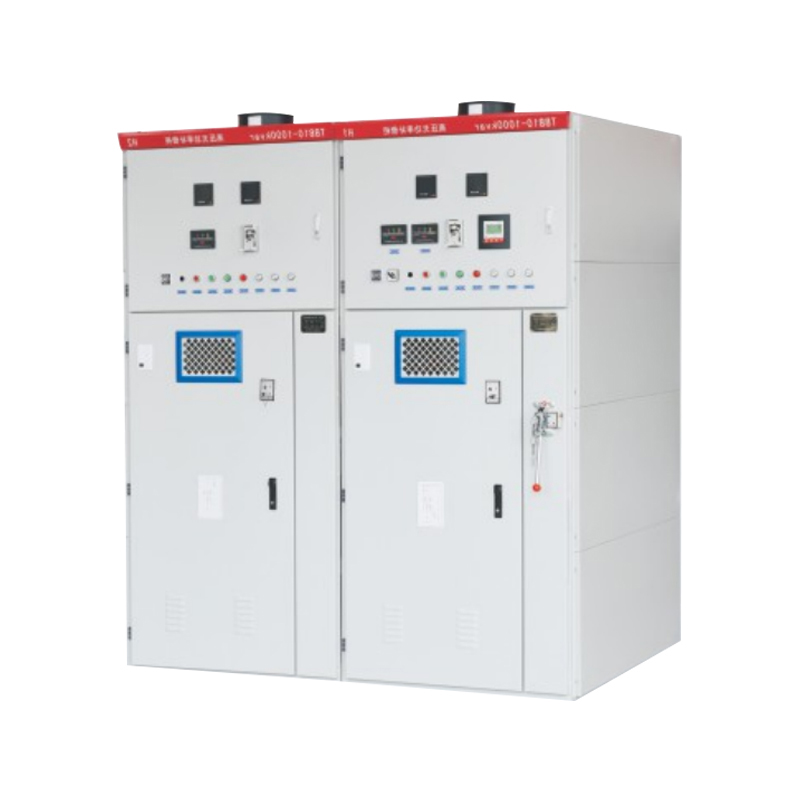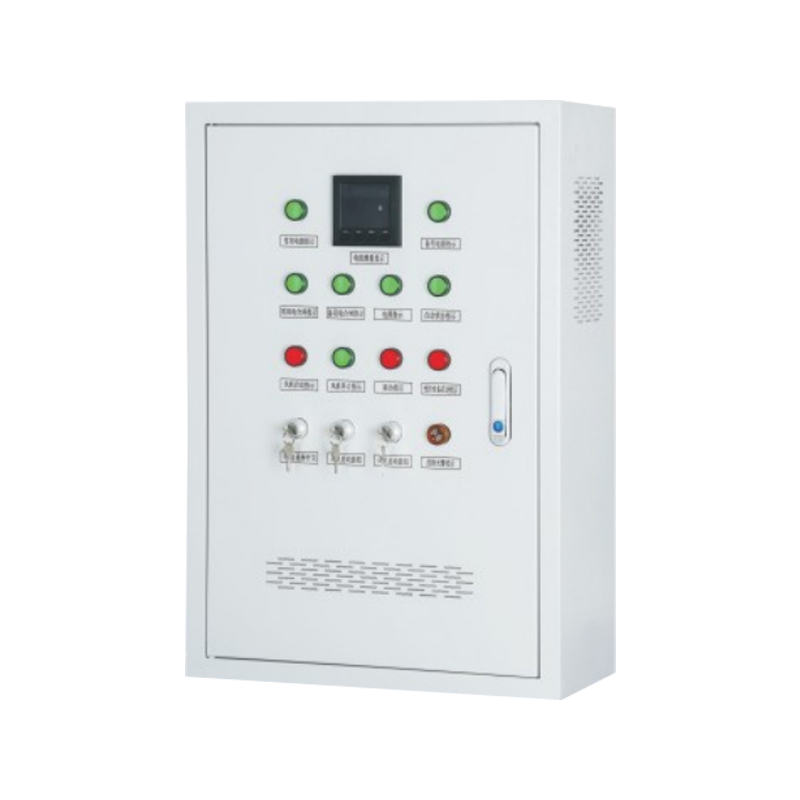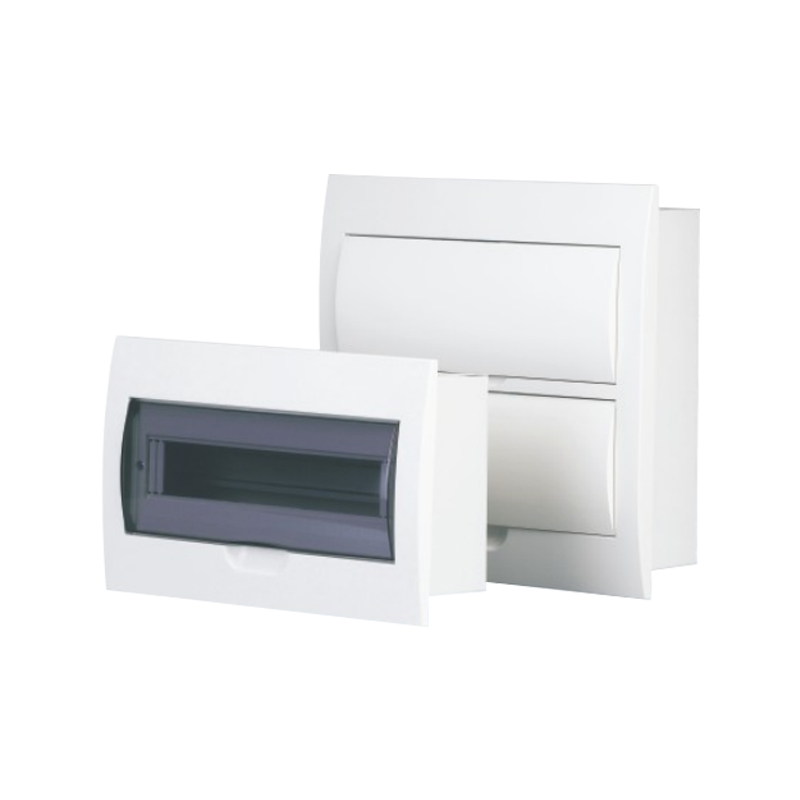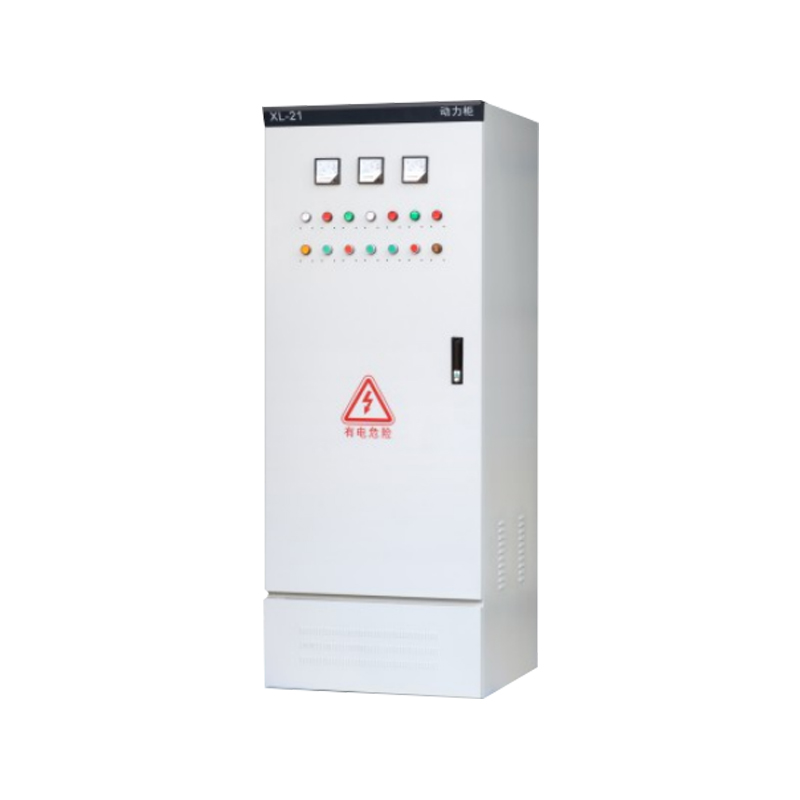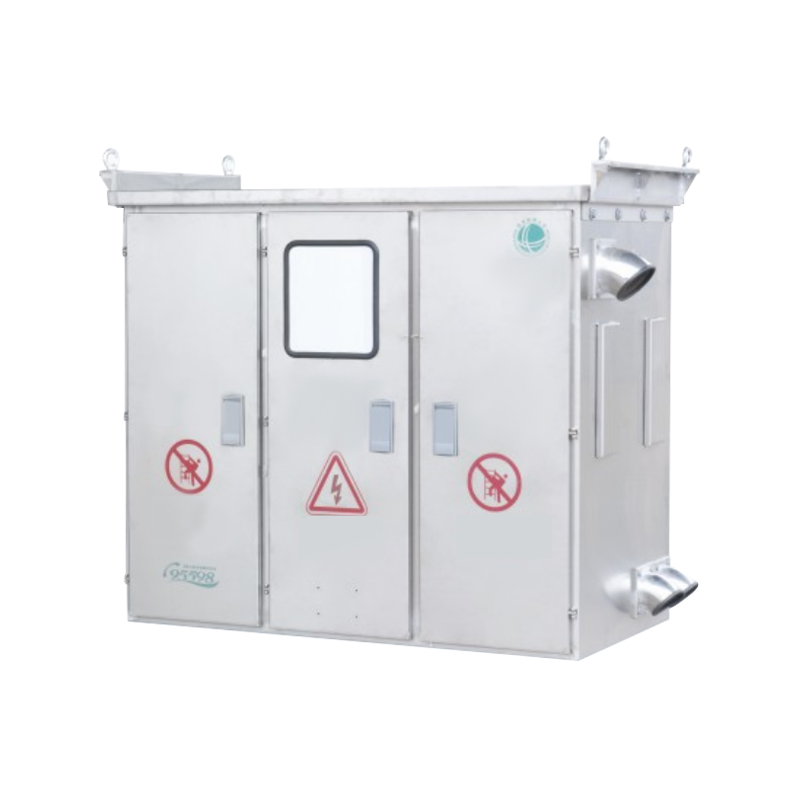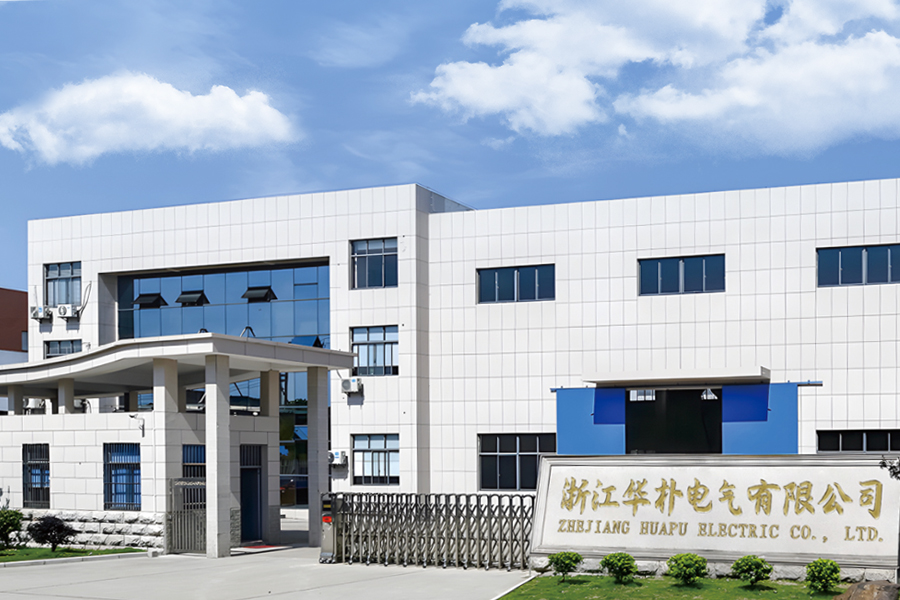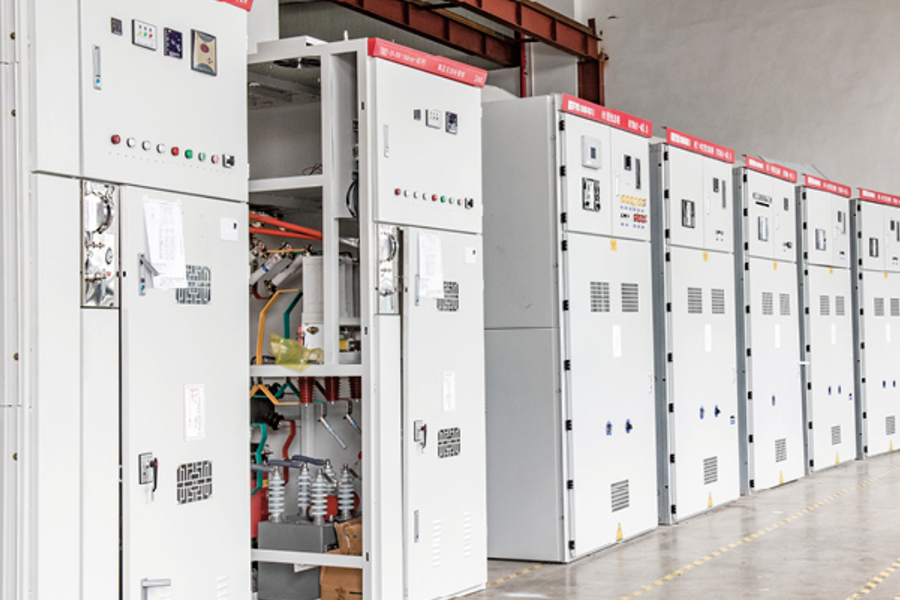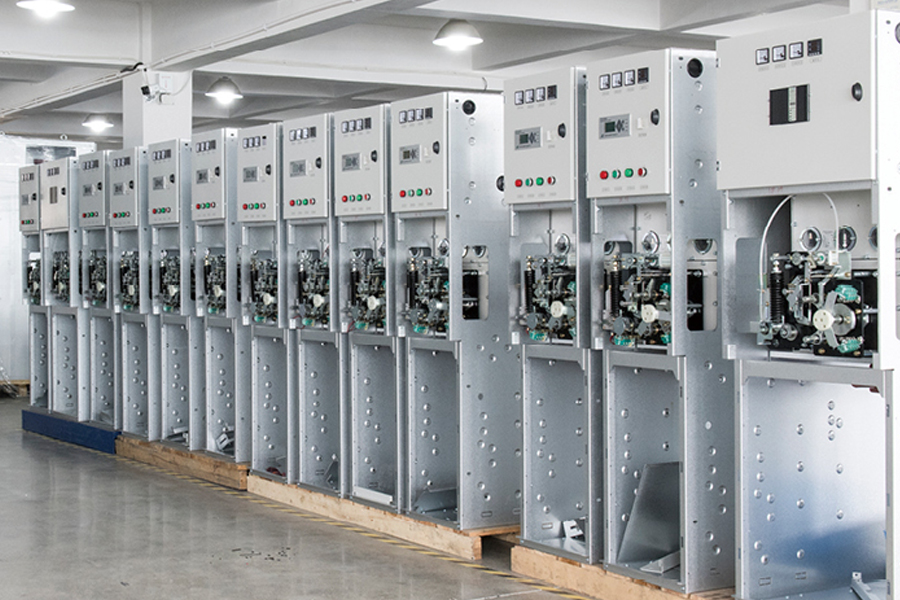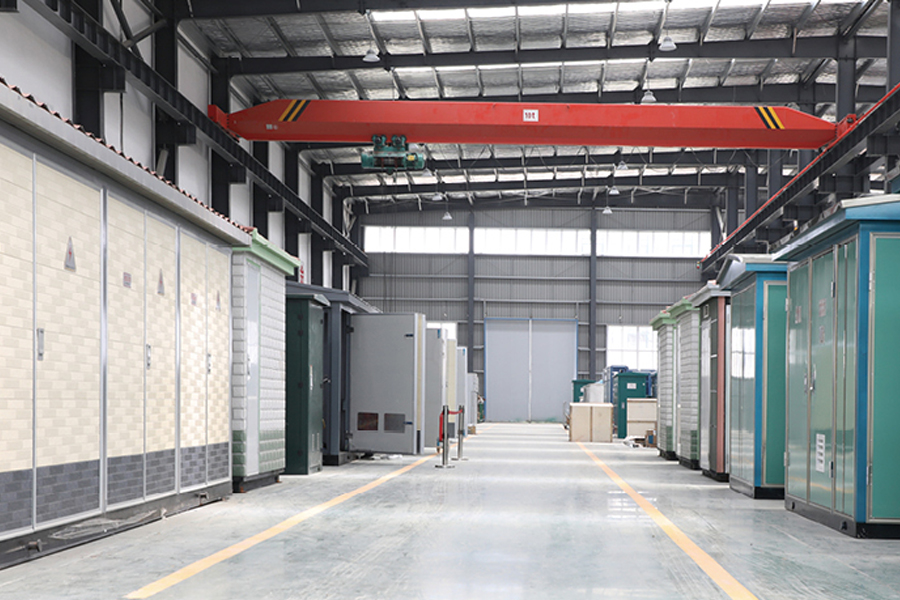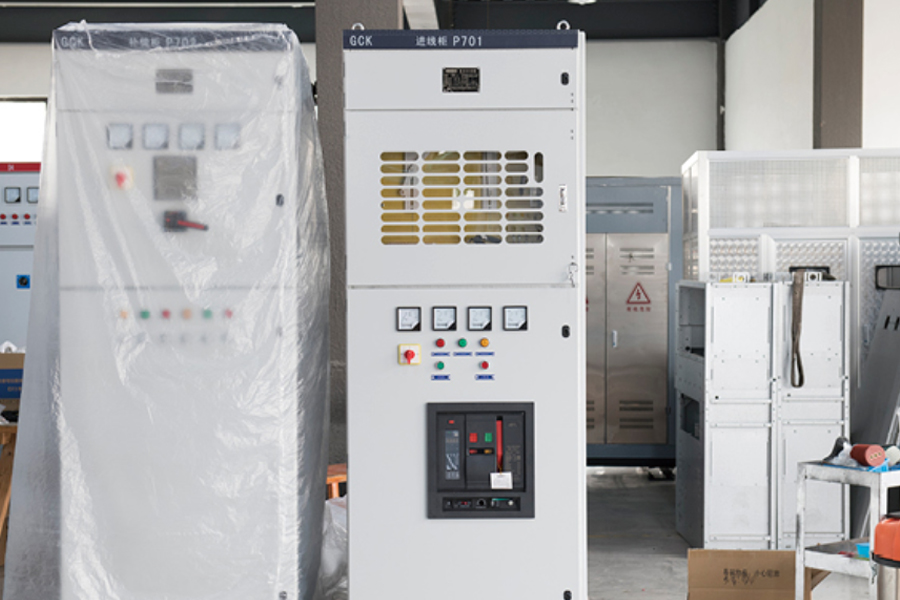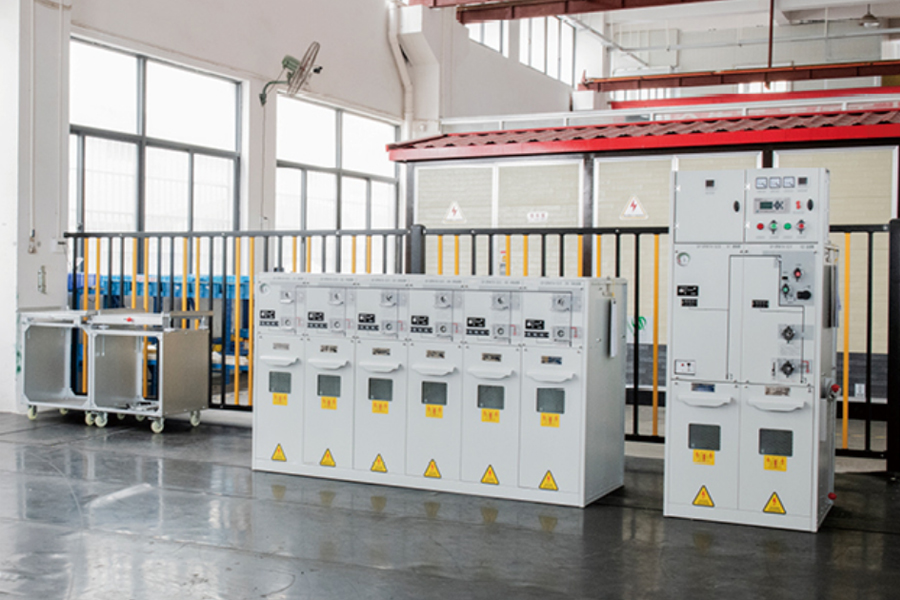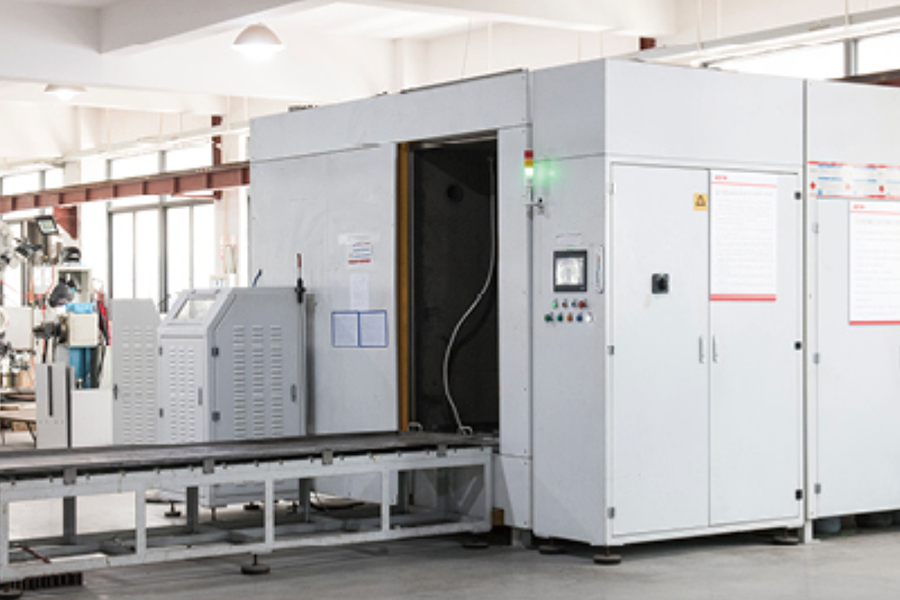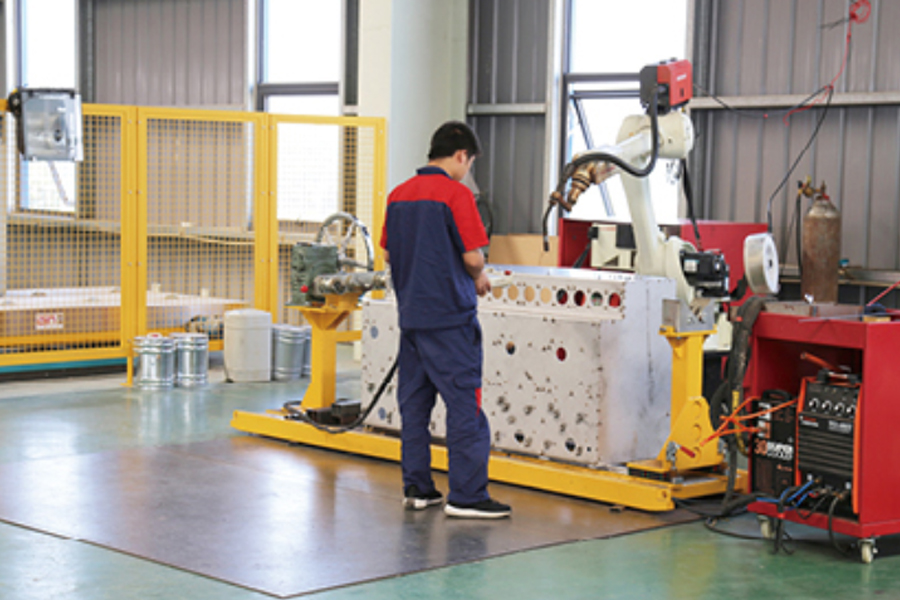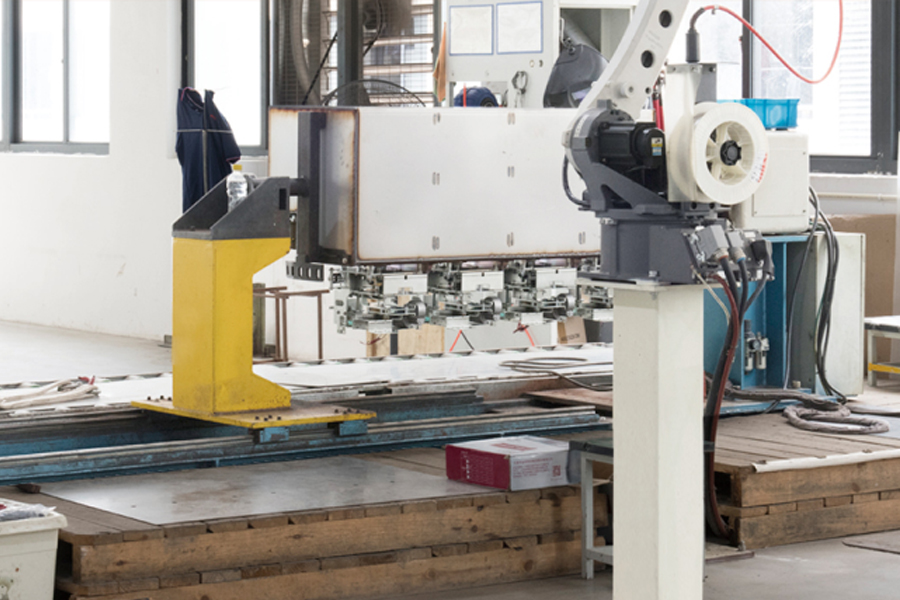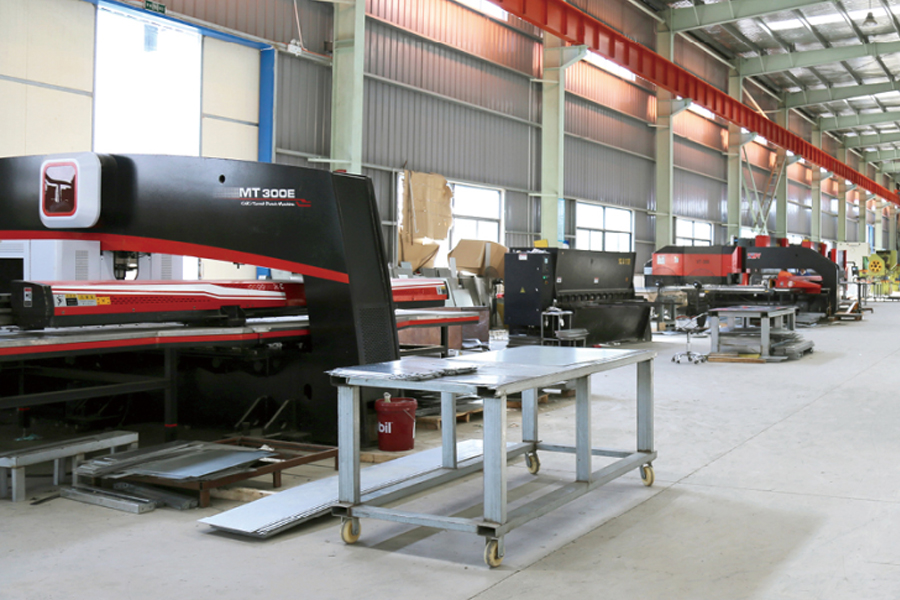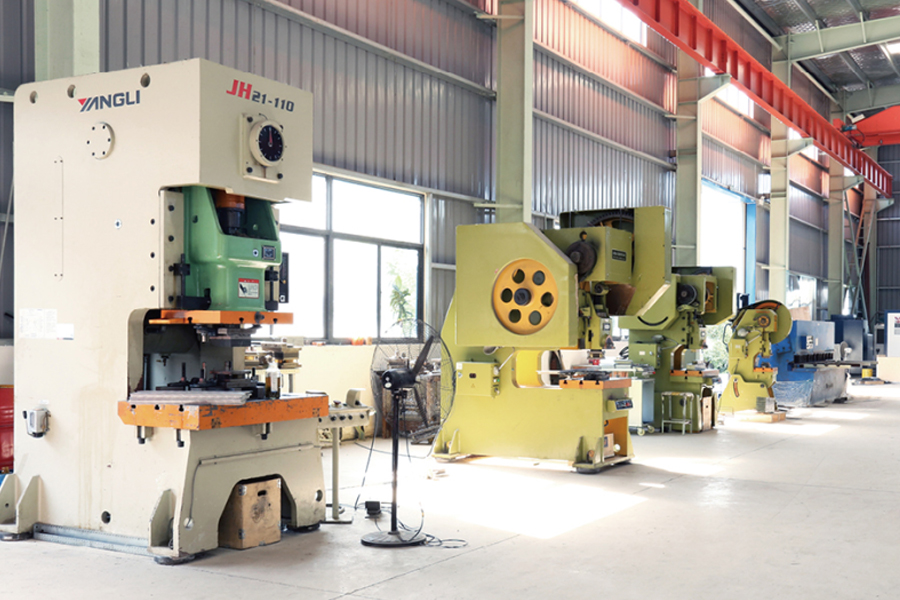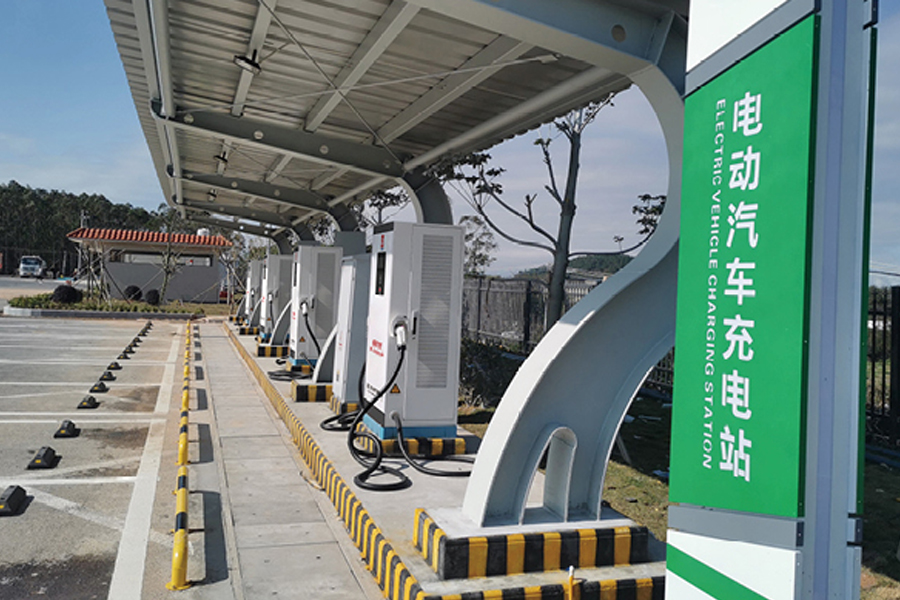Introduction Infrastructure projects are shifting toward smarter and more sustainable energy systems. Unlike traditional...
READ MOREMobile Photovoltaic Cabin Manufacturer
High Voltage Switchgear is a critical component in electrical power systems, designed to control, protect, and isolate electrical equipment operating at high voltages—typically above 36kV. It plays a key role in ensuring the safe and reliable operation of transmission and distribution networks by managing fault currents, enabling load switching, and protecting transformers, lines, and other key assets. As power grids become more complex with the integration of renewable energy and smart grid technologies, high voltage switchgear continues to evolve, offering enhanced performance, automation, and safety features.
Application
High Voltage Switchgear is widely applied in power generation plants, transmission substations, and distribution centers, serving as a core device in controlling the flow of electricity across long distances. In renewable energy systems, such as wind farms and solar power stations, switchgear facilitates the connection between variable power sources and the main grid while maintaining grid stability.
It is also essential in heavy industrial facilities, such as steel mills, oil refineries, and mining operations, where large-scale machinery demands consistent and protected power. In urban infrastructure—including data centers, airports, and high-speed rail systems—high voltage switchgear ensures safe operation and power continuity in critical systems. Furthermore, with the rise of smart grids, intelligent switchgear is increasingly used for real-time monitoring, remote control, and grid automation.
Advantages
High Voltage Switchgear is distinguished by its reliability, safety, scalability, and advanced protection capabilities. It is built with robust insulation systems, such as SF6 gas, vacuum, or air, to ensure arc quenching and fault isolation under high voltage conditions. These technologies significantly reduce the risk of electrical faults, contributing to system stability and operator safety.
Modern designs feature compact layouts, modular construction, and maintenance-friendly access, allowing for flexible installation and easy upgrades. The inclusion of digital protection relays, intelligent electronic devices (IEDs), and SCADA compatibility enables smart diagnostics, automated fault detection, and predictive maintenance, reducing downtime and operational costs.
With weatherproof enclosures, seismic resistance, and long service life, high voltage switchgear is suitable for both indoor and outdoor environments. Its customizable configurations allow adaptation to a wide range of voltage levels and application demands, making it a versatile solution for modern power systems.
Search
Categories
-
New Energy Power Distribution Equipment(6)
-
Box Type Substation(3)
-
Cable Branch Box/Switch Station(3)
-
High Voltage Switchgear (23)
-
Low Voltage Switchgear(16)
-
Engineering Vacuum Circuit Breaker(2)
-
New Energy Vehicle Floor Charging Pile(9)
-
Commercial Energy Storage(3)
-
Photovoltaic Complete Box(8)
-
High Voltage Arrester(54)
-
-
Vacuum Circuit Breaker technology has become a vital part of modern power distribution and industrial systems. Its growi...
READ MORE -
Mobile Photovoltaic Cabin is gaining attention as a practical solution for powering remote locations, emergency sites, a...
READ MORE -
The European Style Fully Insulated Ring Network Cable Branch Box is gaining attention as a dependable component in the d...
READ MORE
High voltage switchgear is a set of electrical devices used to control, protect, and isolate high‑voltage equipment in power systems. It typically includes circuit breakers, disconnectors, earthing switches, and protective relays, all housed within metal‑enclosed compartments. It can be installed in substations, industrial facilities, and utility networks.
Design Highlights of Transportable Solar Power Units
A Mobile Photovoltaic Cabin is a transportable energy unit that integrates solar panels, energy storage, and power management within a modular shelter. Mounted on a trailer or skid frame, it can be relocated easily to support temporary work sites, emergency operations, outdoor events, or remote off‑grid installations.
The cabin typically houses photovoltaic modules on its roof or side panels, which convert sunlight into direct current (DC). An onboard inverter transforms DC into alternating current (AC) for standard electrical loads. Energy storage batteries provide power during non‑sunlight hours, while a control system regulates charge, monitors performance, and safeguards against overloads or deep discharge.
Designed for rapid deployment, the unit arrives pre‑assembled, requiring small on‑site setup. Stabilizing jacks or leveling supports ensure a secure footing on uneven terrain. Cable connectors and distribution panels inside the cabin allow users to plug in lighting, communication equipment, tools, or appliances without additional wiring. Ventilation ports and climate controls help maintain good operating conditions for electrical components.
Common applications include construction camps, disaster relief bases, wildlife research stations, and public gatherings where grid access is limited. Optional features such as LED lighting, USB charging outlets, or basic HVAC can be integrated based on project requirements.
Routine inspections focus on cleaning panel surfaces, verifying battery electrolyte or health status, and testing inverter function. Mobility and modularity make the photovoltaic cabin a versatile solution for temporary and transitional power needs, providing a practical approach to sustainable energy distribution in locations where permanent installations are impractical.
Key Components of Metal‑Housed Electrical Switchgear
Metal Enclosed Switchgear is a factory‑assembled assembly of electrical components housed within sheet‑steel enclosures. It protects, controls, and isolates medium‑ to high‑voltage circuits in substations, industrial plants, and commercial facilities. Enclosures provide physical security, prevent accidental contact, and contain arc‑fault energy.
Typical switchgear sections include circuit breakers, isolating switches, current transformers, and protection relays. Busbars distribute power through insulated or segregated phases, while protective relays monitor current, voltage, and frequency to trigger rapid fault interruption. Insulated barriers and partitions within the metal cabinet ensure each functional unit is segregated, reducing the risk of phase‑to‑phase or phase‑to‑ground faults.
Installation begins with positioning on a level concrete foundation or steel frame, followed by bolting and earthing connections. Cable terminations occur through gland plates or bushings at the cabinet base. Standardized interfacing allows interconnection with other switchgear modules or control systems. Local control panels and remote communication ports enable manual operation and integration with supervisory control and data acquisition (SCADA) systems.
Applications span power generation plants, distribution substations, water treatment facilities, and manufacturing sites. Metal enclosed switchgear supports load switching, system protection, and fault isolation while facilitating maintenance by allowing individual compartments to be de‑energized and accessed safely.
Regular maintenance includes cleaning ventilation filters, inspecting insulation integrity, verifying mechanical alignment of breakers, and testing relay settings.



 English
English  中文简体
中文简体  русский
русский  Español
Español  عربى
عربى 
